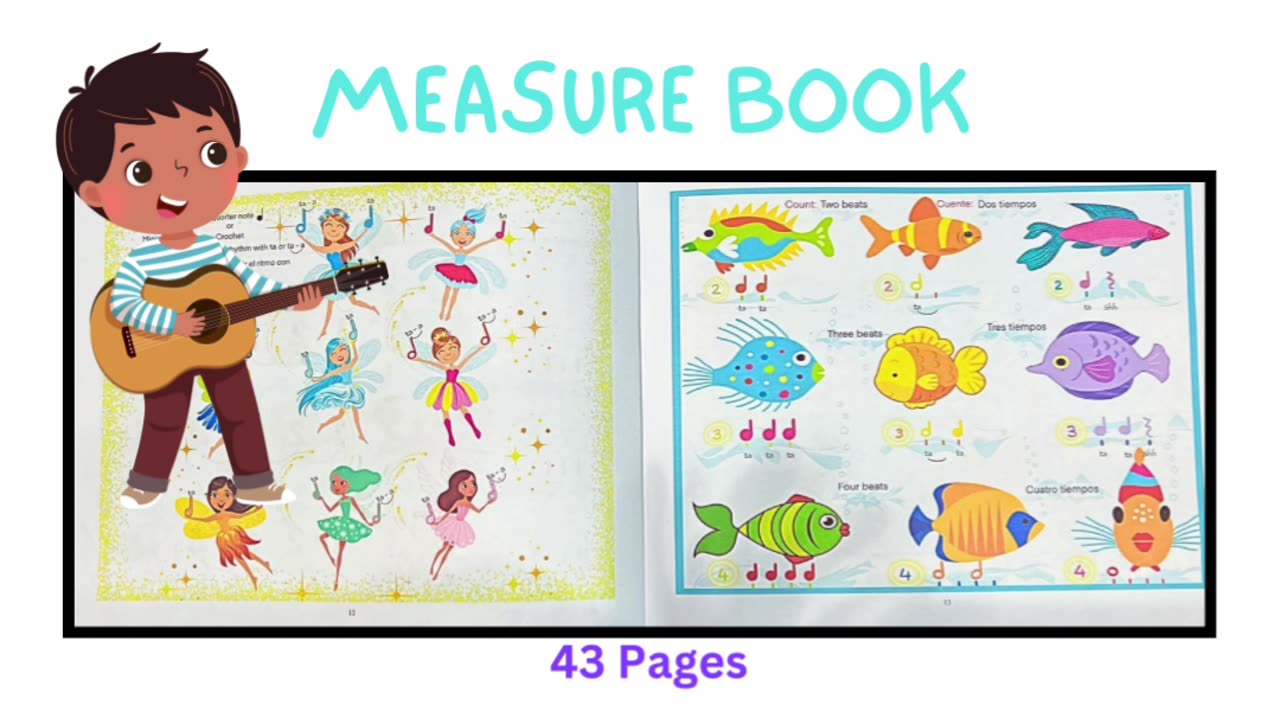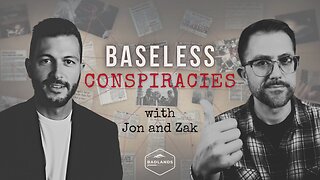Premium Only Content

The Musical Family Collection
https://www.amazon.com/Musical-Family-Collection-Rhythm/dp/B0CQ7CR4MQ/ref=sr_1_1
This collection of three books including the activity book (Book 1: Rhythm, Book 2: Notes, Book 3: Measure) are based on learning and development, of the music skills for young children. It is a new method inspired by the Kodaly, Solfege, Music alphabet and Montessori systems. It is intended for preschoolers ages 3 and up. Children can choose from attractive images throughout the books and practice the basics of music theory. Kids can grab the books whenever they want and start identifying and visualizing the music symbols, rhythm patterns, and practice how to read the notes on the staff, with the help of members from the musical family. By the end of the third book, kids will be ready to begin learning any musical instrument, without being so overwhelmed by the complexity of music theory. The books are carefully explained, step by step, in a very simplified manner for parents and teachers in both English and Spanish. Most of all it is a fun way to spend time with your children while learning the music language.
BOOK 1 RHYTHM
Pulse, Rhythmic Notes and Rhythm p.7
The Pulse is the heartbeat of the music. It can be fast (as when we run) or slow (as when we walk).
The Rhythmic Notes are signs with different durations. They can be long or short.
Let's learn some Rhythmic Notes: one quarter note or crotchet (blue or ta), two eighth notes or quavers (cherry or ti-ti), three quavers or a triplet (pineapple or ti-ti-ti) and four sixteenth notes or semi quavers (huckleberry or ti-ti-ti-ti). Each quarter note and each one of these group of rhythm notes corresponds to a single pulse or beat, that is, to a single time.
The Rhythm is the combination of these rhythmic notes.
The quarter silence p.31
Each rhythmic note has its own respective silence value or rest value. We'll start with the quarter rest (Shh). The quarter note equals to a one pulse or one beat, therefore, the quarter rest also equals to a one beat.
-
 10:47
10:47
Nikko Ortiz
13 hours ago15 Seconds Of Fame Gone WRONG...
11.2K3 -
 14:47
14:47
GritsGG
1 day agoRumble Tournament Dubular! Rebirth Island Custom Tournament!
62K5 -
 1:36:05
1:36:05
Side Scrollers Podcast
16 hours agoStreamer ATTACKS Men Then Cries Victim + Pronoun Rant Anniversary + More | Side Scrollers
65.6K2 -
 LIVE
LIVE
Lofi Girl
2 years agoSynthwave Radio 🌌 - beats to chill/game to
209 watching -
 42:55
42:55
Stephen Gardner
1 day ago🔥Trump’s SURPRISE Move STUNS Everyone - Democrats PANIC!
83.6K110 -
 1:37:19
1:37:19
Badlands Media
13 hours agoBaseless Conspiracies Ep. 148: The Delphi Murders – Secrets, Setups, and Cover-Ups
33.7K15 -
 5:59:05
5:59:05
SpartakusLIVE
7 hours ago#1 MACHINE Never Stops The GRIND || LAST Stream UNTIL Friday
138K1 -
 28:36
28:36
Afshin Rattansi's Going Underground
1 day agoDoug Bandow: ENORMOUS DAMAGE Done to US’ Reputation Over Gaza, Trump ‘Easily Manipulated’ by Israel
22.6K29 -
 2:45:13
2:45:13
Barry Cunningham
14 hours agoCBS CAUGHT AGAIN! CHICAGO A MESS! LISA COOK IS COOKED AND MORE LABOR DAY NEWS!
102K48 -
 6:39:17
6:39:17
StevieTLIVE
8 hours agoMASSIVE Warzone Wins on Labor Day w/ Spartakus
27.2K1